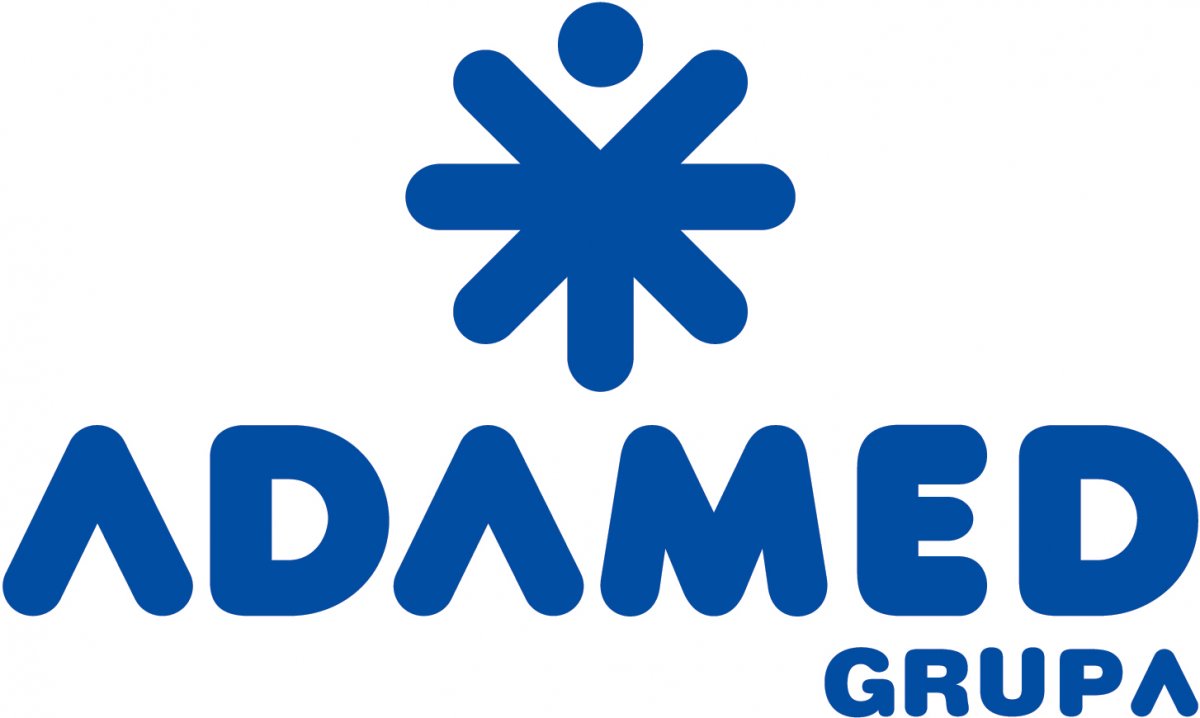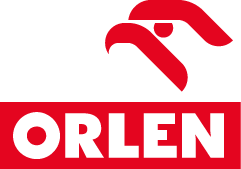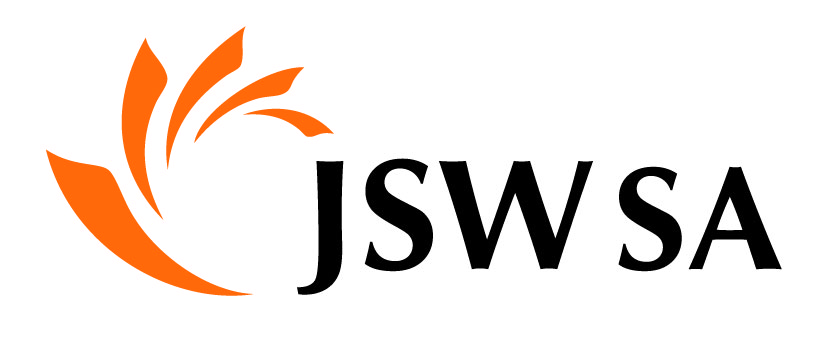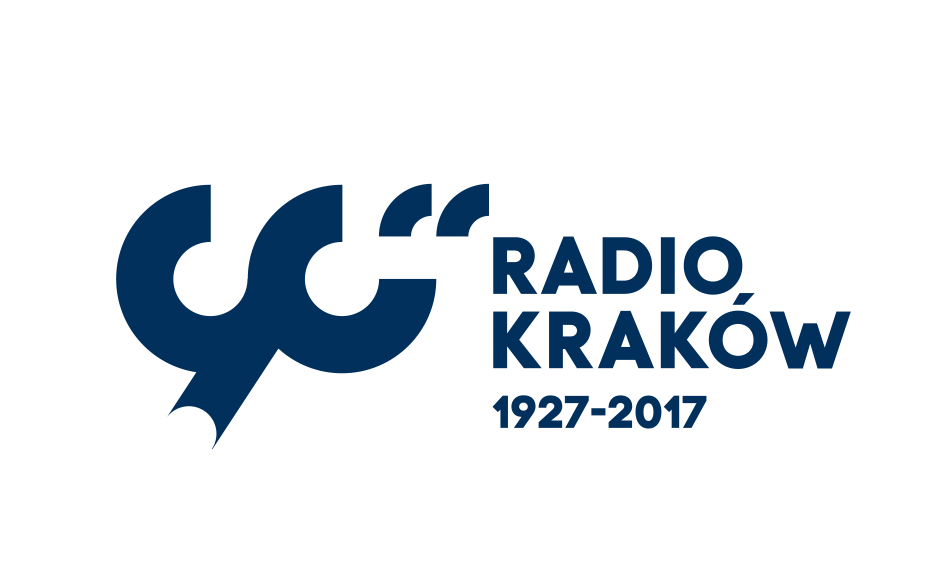NCN Award winner in Arts, Humanities and Social Sciences
Prof. Dr hab. Anna Brożek, Faculty of Philosophy at the University of Warsaw
Scientific achievement: Devising original theories on the function of interrogative and imperative sentences and a vital contribution to the studies on the history of the Lvov-Warsaw school of logic, preceded by meticulous archival research
The research carried out by Prof. Anna Brożek deals primarily with three areas: logical semiotics and methodology as well as music theory. In her semiotic and methodological research, the scholar focuses on the non-declarative sentences that all too often tend to be neglected by logicians: the interrogative and imperative sentences. Interrogative sentences are expressions that communicate having gaps in one’s view of the world and a willingness to fill them in. Cognitive experiences expressed in interrogative sentences are the drive in knowledge acquisition. Imperatives, for a change, are expressions with which we influence others’ behaviour: either by expressing our wishes or by bringing others to the realization that certain actions on their part will bring them closer to achieving a goal. In her writings on the theory of interrogatives and imperatives, the researcher has described the types and functions of these expressions, and she has demonstrated the ways in which understanding those functions translates into the realia of science and everyday life.
The historical background for the investigations is the methodological tradition of the Lvov-Warsaw school, the most influential philosophical school to have emerged from Poland. Methodological hallmarks of the School initiated by Kazimierz Twardowski are exactitude in formulating thoughts, accurateness in justifying ideas and prudent use of the tools offered by logic.
NCN Award winner in Life Sciences
Dr Szymon Świeżewski, Institute of Biochemistry and Biophysics Polish Academy of Sciences
Scientific achievement: Identifying the functions of long non-coding RNA (LncRNA) in regulating the key stages of plant growth: sprouting and flowering
Seeds’ ability to contain germination despite favourable conditions is the foundation of agriculture: we can harvest and store them. Under natural conditions this phenomenon, known as seeds’ dormancy time, enables plants to ignore briefspells of favourable weather suitable for germination, thus contributing to the seeds’ survival into the proper growing season. The research carried out under the supervision of Dr. Szymon Świeżewski addresses a key regulator of the process. In their study of the dormancy gene, the researchers sought to use the merits of the system for describing universal gene expression mechanisms which they had devised. Their efforts to date have revealed, among other things, the role of the non-coding RNA reversely transcribed particles (so-called antisense strands) in the regulation of the dormancy time in seeds and the mechanism of controlling the rate of RNA production (transcription) through its efficiency (splicing).
NCN Award winner in Physical Sciences and Engineering
Dr hab. Adam Rycerz, Marian Smoluchowski Institute of Physics, Jagiellonian University
Scientific achievement: Theoretical analysis of quantum charge transport in grapheme nanoparticle systems, specifically the description of a mechanism of valley polarisation control through electrostatic fields
A popular toy, Newton’s cradle is a fair illustration of what physicists mean when discussing the phenomena in graphene superlattices. The first ball hits a solid block of the remaining balls at a low speed, and its energy and momentum are transferred to a mechanical wave, which moves at an enormous speed of ca 20,000 km/h, nearly the speed of a geostationary artificial satellite. Similar transformations are what physicists mean when they speak of quasiparticles in condensed matter. The electrons trapped inside a graphene plane are arguably the most amazing example of transforming particles into active quasiparticles, because they act like electrons with a zero mass, while retaining their electrical charge. The combination of these characteristics, a zero mass and non-zero charge, is the source of graphene’s many surprising qualities, like high electrical and thermal conductivity and nearly perfect transparency. The electrons in graphene also have an additional feature, which free electrons do not have. Apart from the electrical charge and spin, which may be described as the spatial orientation of a tiny magnet attached to an electron, there is also the valley pseudospin.
The research carried out by dr hab. Rycerz addressed the consequences of the existence of said pseudospins, in particular the prospect of using them for performing logic operations. The thus-described “valleytronics” was conceived as the graphene version of spinotronics, a concept several years its senior. Modified versions of this idea are the subject of research by numerous theoretical and experimental teams of scholars in a number of countries around the world.









